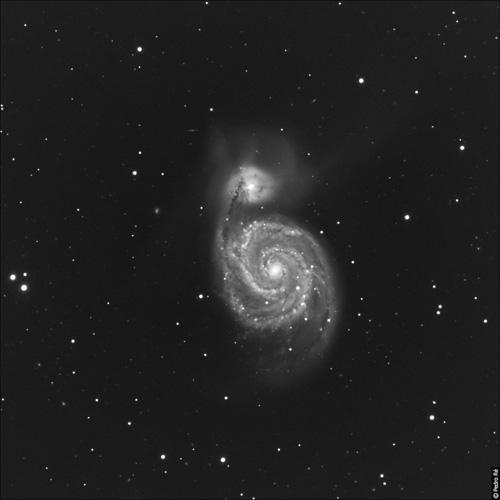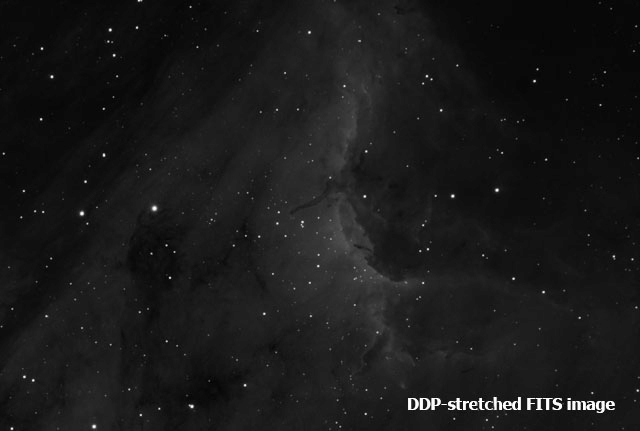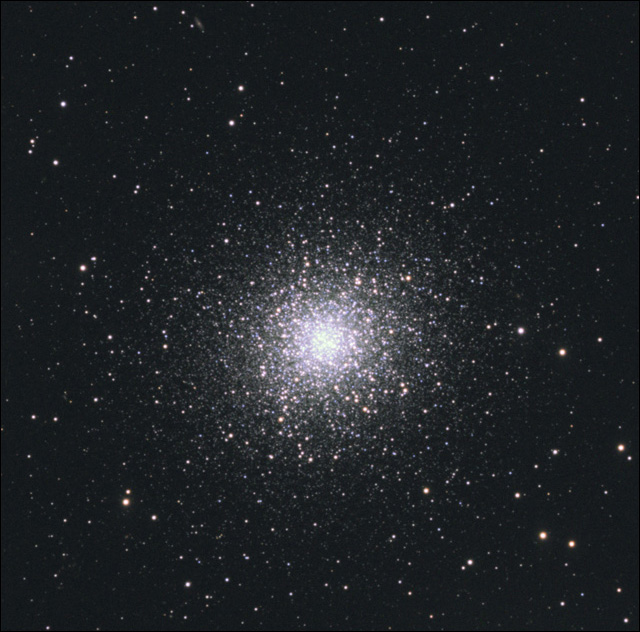


















  | | CCD IMAGING COURSE - ORION/APAA
(BRAGA - July/September 2008).
Conducted by Pedro Ré, António Peres Gomes, José Pedro Canela and João Vieira. Observatory Observatory
Observatory
Observatory
Observatory
Observatory
Paramount ME
Paramount MEGroup photo (20080726)
Group photo (20080727)
CCD Imaging Course
CCD Imaging Course
CCD Imaging Course Poster (PDF File)CCD Imaging CourseBasic CCD ImagingCCD CamerasParamount ME (Hardware)
Imaging Software
CCD Imaging TechniquesBasic Imaging ProcessingBasic Image Processing (Noise)
Image Calibration/Reduction
Image Calibration, Flat-Field
Image Processing fundamentals
Image Processing softwareHands-on Pratical Imaging SessionsImaging the Sun
Imaging the Moon
Imaging the Planets
Imaging the Deep-Sky H-ALPHA AND LUMINANCE PROCESSING FLOWCalibrate, align and combine CCD images (Maxim DL)Calibrate raw images H-ALPHA AND LUMINANCE PROCESSING FLOWCalibrate, align and combine CCD images (Maxim DL)Calibrate raw images
Do any de-blooming repair prior to alignment and combination (e.g. New Astro DeBloomer for Maxim DL)
Use manual or automatic alignment operations
Use SDMask for all combination operations
Perform a DDP-style stretch on the H-alpha combined image (Don't do any sharpening as part of DDP. This is accomplished by selecting the "user" kernel filter, and setting the filter coefficients to 1.0 in the center, and zeros elsewhere)
Save the image (FITS format 16-bit)Final Processing (Photoshop CS2, CS3)Load the FITS DDP-stretched image into Photoshop (using Fits Liberator)
Use Shadow & Highlight (50:50:10, 50:50:10) or Levelizer (Starizona Photoshop Plugin Package)
Use Curves to ajust contrast and brightness
Use (if necessary) Neat Image Photoshop plug-in to remove grain
Save the final 16-bit TIF file
Convert to 8-bit and save JPG file   LLRGB PROCESSING FLOWCalibrate, align and combine CCD images (Maxim DL)Calibrate raw images LLRGB PROCESSING FLOWCalibrate, align and combine CCD images (Maxim DL)Calibrate raw images
Do any de-blooming repair prior to alignment and combination
Combine images for each channel (L, R, G, and B) (use SDMask for all combination operations, use manual or automatic alignment operations)
Perform color balancing for each color channel (e.g. SBIG ST-10XE RGB= 1.0, 1.1, 1.9)
Combine the images into an LRGB image in Maxim DL
Perform a DDP stretch on the Luminance image
Perform a DDP stretch on the LRGB image
Boost saturation after DDP if needed (save in 16-bit TIFF format)Final Processing (Photoshop CS2, CS3)Load the Luminance FITS DDP-stretched image into Photoshop (using Fits Liberator)
Use Shadow & Highlight (50:50:10, 50:50:10) or Levelizer (Starizona Photoshop Plugin Package)
Use Curves to adjust contrast and brightness
Use (if necessary) Neat Image Photoshop plug-in to remove grain
Load the LRGB 16-bit TIFF file
Align L and LRGB images
Combine L and LRGB images (LLRGB) (Change the blend mode to "luminosity", change the opacity to ~50%, Flatten image)
Save in TIFF or JPG format |





















 Observatory
Observatory H-ALPHA AND LUMINANCE PROCESSING FLOWCalibrate, align and combine CCD images (Maxim DL)
H-ALPHA AND LUMINANCE PROCESSING FLOWCalibrate, align and combine CCD images (Maxim DL)

 LLRGB PROCESSING FLOWCalibrate, align and combine CCD images (Maxim DL)
LLRGB PROCESSING FLOWCalibrate, align and combine CCD images (Maxim DL)